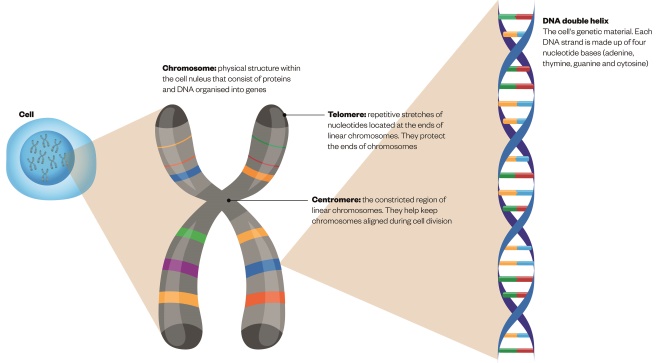
Mrfocoz/Dreamstime
Ewing sarcoma (ES) is tumour of the bone and soft tissue that primarily affects young people. Current treatments are effective in localised disease but less so in metastatic disease.
US researchers have developed a treatment strategy based on their discovery that ES cells are unable to repair damage to their DNA. The team exploited this defect by combining DNA-damaging chemotherapy with another class of drug – known as a poly-ADP ribose polymerase (PARP) inhibitor – which interferes with the activity of a key DNA-repair enzyme. The study was reported in Cell Reports
[1]
(online, 23 October 2014).
When tested in mice with Ewing sarcoma, Michael Dyer and colleagues from St Jude Children’s Research Hospital, in Memphis, Tennessee, reported this drug combination led to “durable, complete remission” in more than 70% of animals. Clinical trials of the therapy are planned.


